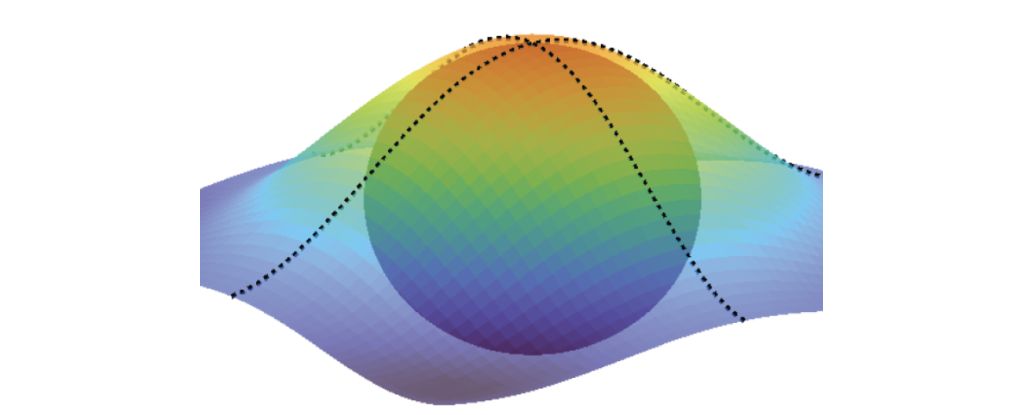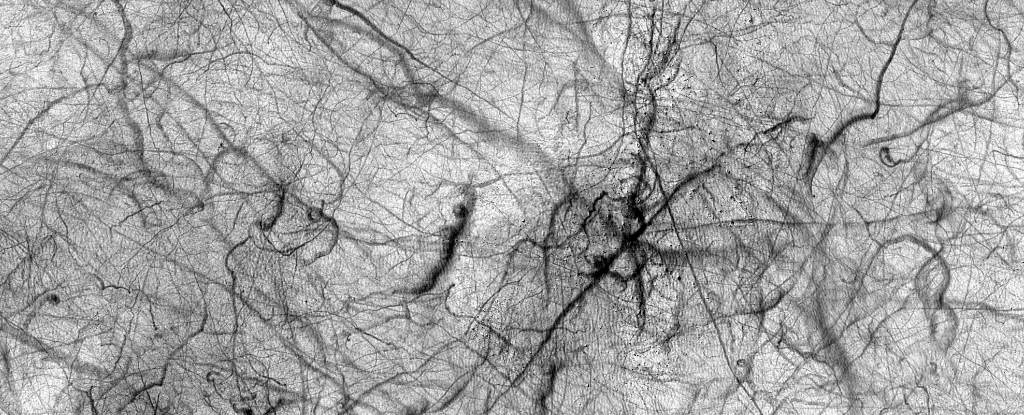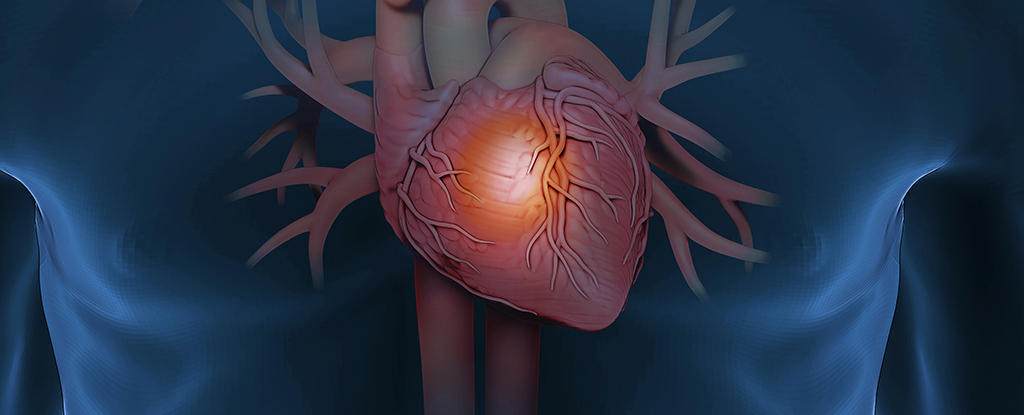Scientists have mapped out the drastic changes pregnancy makes to the body’s metabolic pathways in a closely related primate, and it could guide the way to better understanding pregnancy problems like recurrent miscarriage, pre-eclampsia, and gestational diabetes.
Little is known about this major disruption to the body’s metabolic flow, but now a team of biologists from the Chinese Academy of Sciences in Beijing has studied crab-eating macaques (Macaca fascicularis) to create a map that charts at least some of the changes that occur during pregnancy.
These monkeys are one of the primates most closely related to humans, so they’re often used as a proxy in experiments that can’t be done on humans.
The researchers collected 273 tissue samples from 12 captive-bred monkeys – three each that were not pregnant, in early pregnancy (5–8 weeks), in mid-pregnancy (12–15 weeks) and in late pregnancy (18–20 weeks).
This included a blood serum sample taken from each monkey before they were euthanized, when a further 22 tissue samples were collected from different body systems, including the uterus, liver, spinal cord, skin, blood, and five different heart regions.
The metabolism is made up of thousands of different chemical pathways, like a bustling port city where a log of imports and exports wouldn’t suffice to capture the complex ecosystem of logistics.
It’s business as usual for the myriad cells, tissues, and organs that trade the raw materials of life until, as always, a baby comes along and changes everything.
The researchers were able to identify the full set of small-molecule chemicals within each sample, which is known as a ‘metabolome’.
The samples from the non-pregnant monkeys provided a reference point for how certain metabolic pathways interact prior to pregnancy, with the other samples revealing the drastic extent to which these ‘trade routes’ changed course as the monkey’s pregnancies progressed.
In fact, during pregnancy, 91 metabolites changed consistently across all 23 tissues sampled.
In non-pregnant monkeys, the metabolomes of skeletal muscles were highly correlated with tissues from the heart, spinal cord, adrenal gland, and uterus. But in the first and second trimesters, their coupling with heart tissues decreased.
In early pregnancy, the samples indicated that the uterus backs off from its ongoing metabolic ‘agreement’ with the heart and skeletal muscles, coupling with the developing placenta instead.
Fully formed by the second trimester, the placenta appeared to be sending metabolites to the pregnant monkey’s heart, ovaries, and liver. Weirdly, the uterus, seemingly done with getting the placenta established, shifts its focus to a metabolic exchange with scalp skin tissue, of all things.
And for those monkeys in their third trimester, the samples showed the skeletal muscles had developed a significant exchange with the spinal cord.
The team says they weren’t expecting this evolution and decrease in metabolic coupling, and it’s far from clear as to why these changes occur in the way they do.
But it’s easy to see why they think this drastic reprogramming could go awry, perhaps leading to some of the metabolic conditions that arise during pregnancy. The roles of all 91 pregnancy-adaptive metabolites were verified in human cell models and in 32 pregnant human’s blood serum samples.
Those pregnant women with pre-eclampsia – a dangerous natal condition characterized by high blood pressure, severe swelling, and protein-laden urine – had a huge drop in levels of the metabolite corticosterone, which is involved in maturing the placenta.
Another key metabolite during pregnancy appears to be palmitoylcarnitine, which regulates immunity and is involved in processing fatty acids. Levels were up in the tissues of early- and mid-pregnant monkeys, across a range of organs including the liver, pancreas, heart, and kidney.
Zoologist Shyh-Chang Ng, who co-authored the study, told Christa Lesté-Lasserre at New Scientist that this metabolic shift may have some link to gestational diabetes, but more research is needed.
This research was published in Cell.





